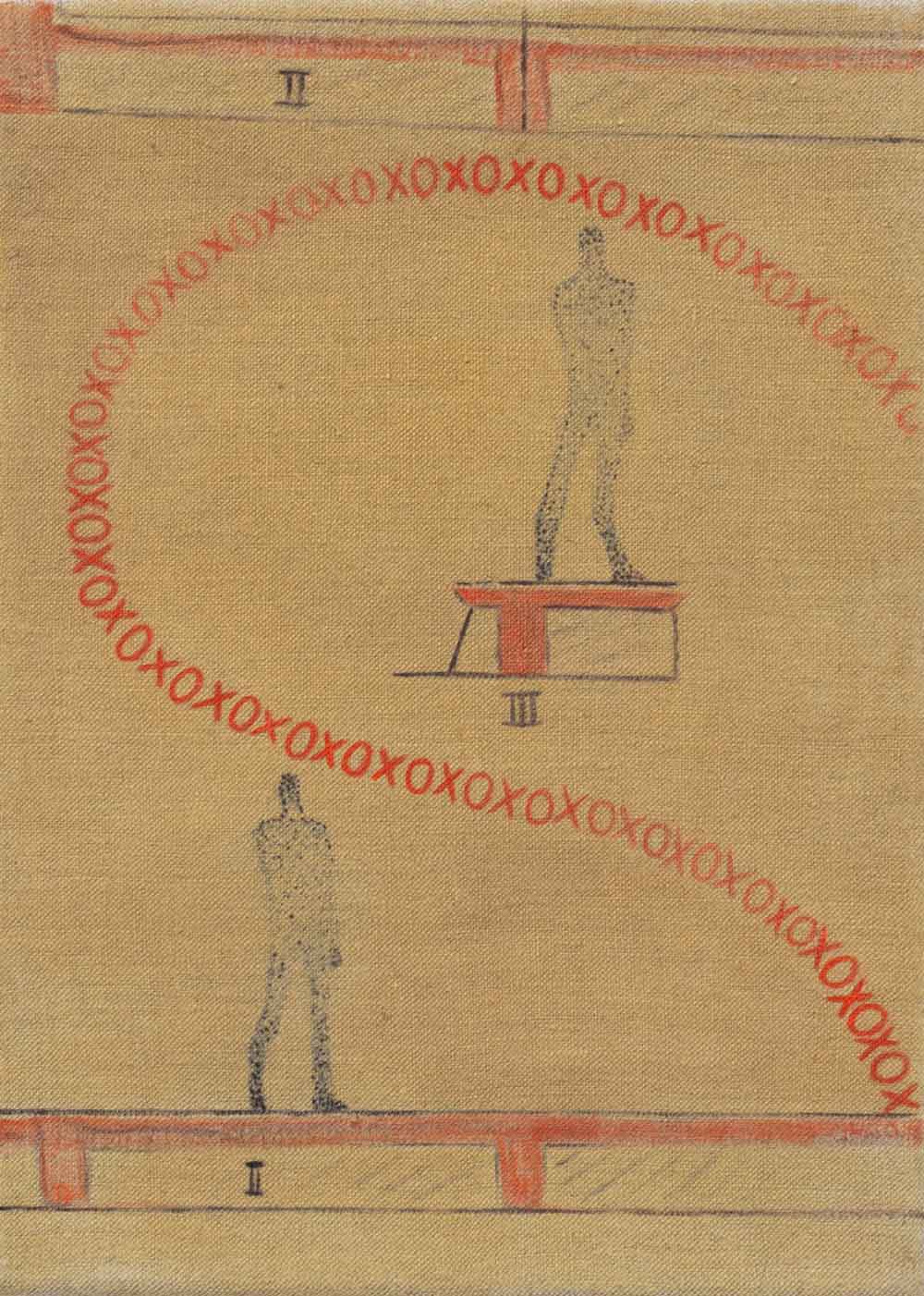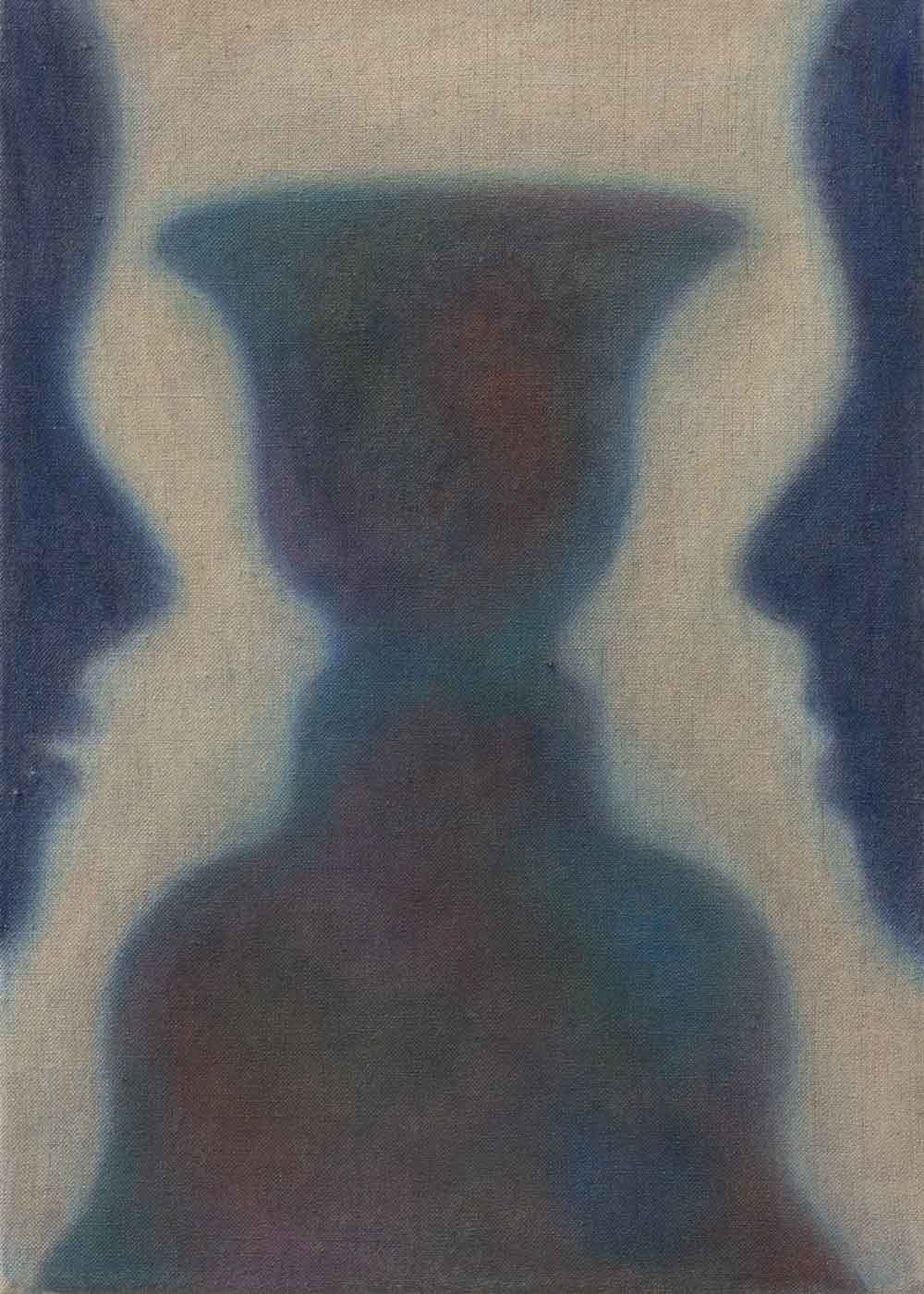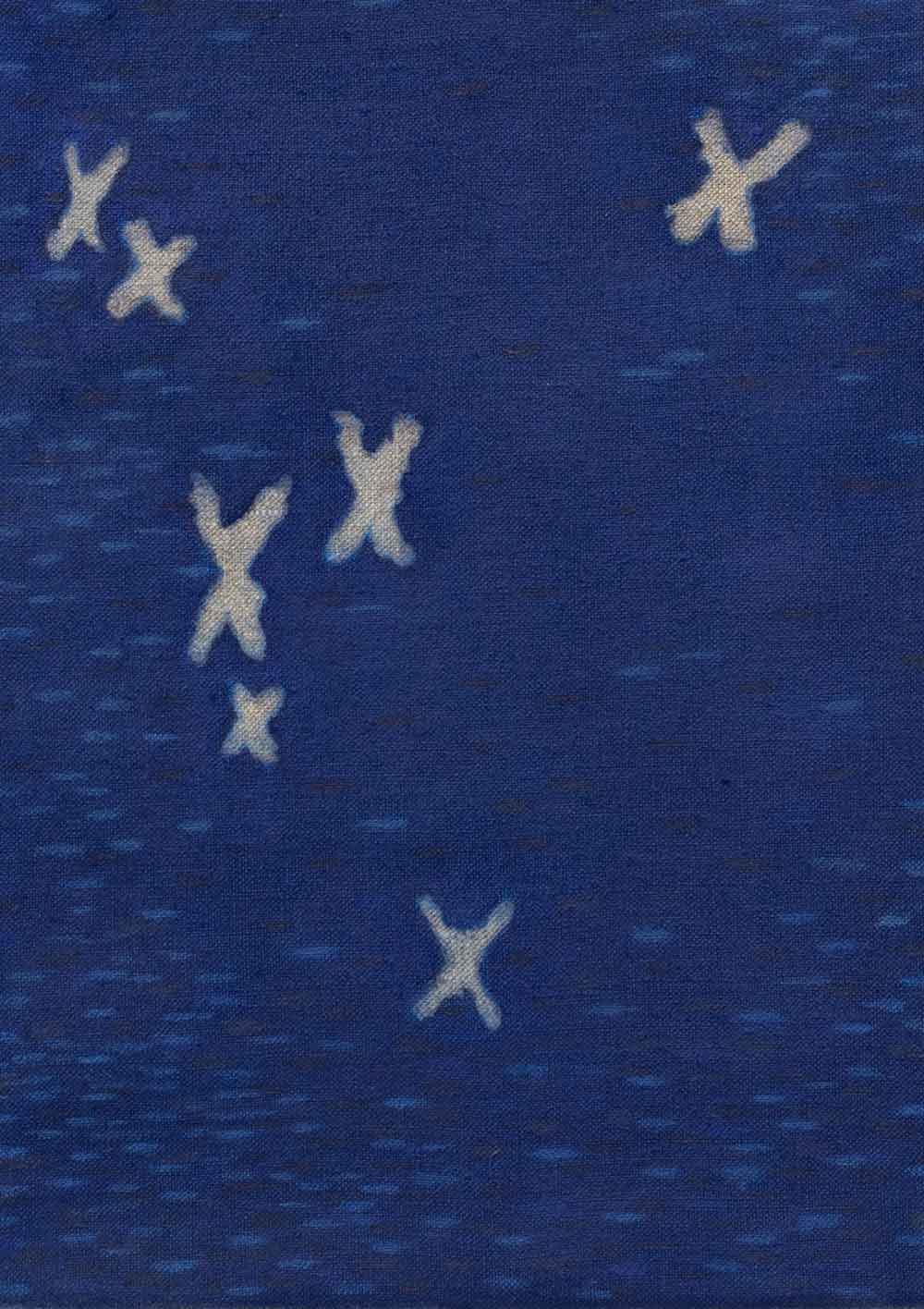All points of our recollections are tied to one another. They form chains and connections in our memory which ultimately comprise the story of life.
Ilya KabakovThe Man Who Never Threw Anything Away (1996)

Grace Lee, Placeholder, 2025
Traditionally, archives have been regarded as authoritative, encompassing collections which provide an object or item-based understanding to those accessing them. However, in this definition, where is the acknowledgement of the voice and positionality of those creating the archive? A pressing question since the mid 1900s, Grace Lee seeks to subvert the traditional archive and invite questioning of their role in cultural studies.
Archives traditionally collect paraphernalia pertaining to a particular subject, as broad as countries, movements, or an artist’s practice. As media and archives became digital, the instinct has become to collect everything and miss nothing. Mass-collection has begun—an impossible and impractical task, intending to present a democratised solution to authorship and selection. In the process, the definition of the word archive has loosened, with Tate coining that an archive now refers to a grouping of material. But archives still beg the question of how connections between objects are decided and made permanent, and—in the case of contemporary art—what material is gathered.
This theme is central to Grace Lee’s practice. With artists since the mid-century exploring uses of archives as a site of personal research, inquiry, or reflection, Lee entirely subverts the notion of the archive, transforming the collection from a place of resting into a place of awakening.

Grace Lee, Where I Meet You, 2025
Collecting thoughts and sightings and happenings in their life into an evergrowing auto-archive, Lee views the process as amassing places for potential creativity. Weaving otherwise disparate ideas together, Lee fastens sinews between jokes, visuals, and reflections. They slowly wrestle together paintings based on these connections. At the same time, Lee draws from the art historical cannon and pop-culture alike. Using pre-existing visual culture as a commonplace archive of reference—techniques, compositions, colour palettes—they open a window into each painting, inviting viewers to attempt at tracing Lee’s lines of thinking, memorialised by oil paint and brush.
These plural interpretations layered into each individual painting are the crux of Lee’s reimagination of the purpose of archives; a renegotiation of their historic authority through questioning the possibility of ever forming an objective narrative underpinning a collection. By suggesting that there may be a secondary method of understanding—or something recognisable but not identifiable—within archival spaces, Lee paints a new picture for the utility of traditional archiving in contemporary art
(By Teddy Woods)
